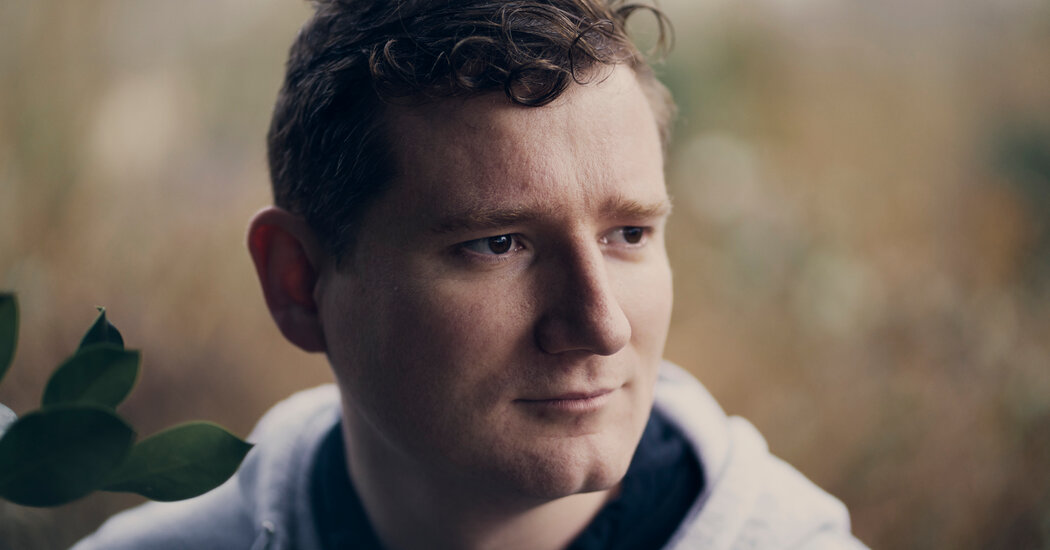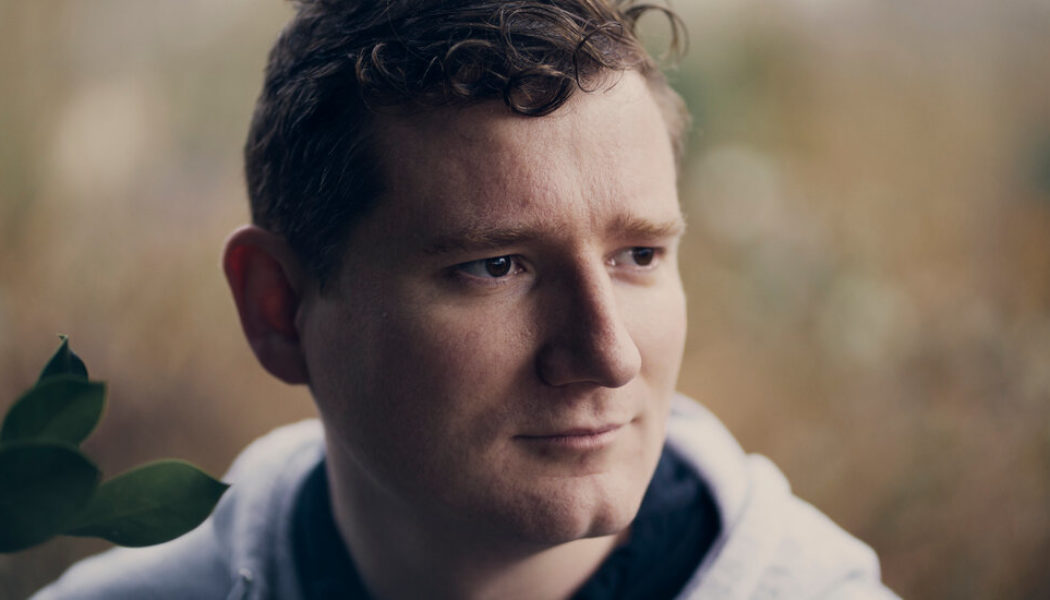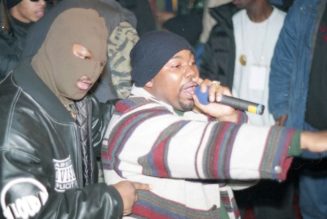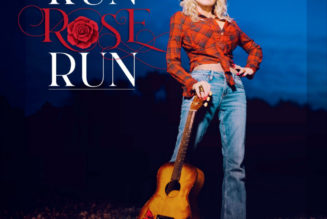
The composer Matthew Sheeran, brother of the pop star Ed Sheeran, discusses how he translated microtonal electronic music for a chamber orchestra.
If you start at the middle C of a piano and strike every key on your way up to the next C on the keyboard, you will play each of the 12 notes that make up an octave. Those 12 semitones are the foundation of most Western music.
But what if they were not? What if that same octave were equally divided into 14 tones, or 16? What if Beethoven had written the “Eroica” Symphony with a scale of 19 notes, or Schoenberg had written tone rows with 23? What would their music sound like?
Those were the questions that the composer Easley Blackwood Jr., a pillar of the Chicago new music community who died last year, asked in his “Twelve Microtonal Etudes for Electronic Music Media” (1979-80). Composed for a project funded by the National Endowment for the Humanities, each of Blackwood’s “Etudes” shows off the qualities of different, often alien microtonal octaves.
It was an endeavor that took Blackwood, a composer of predominantly atonal music, in an odd new direction, said James Ginsburg, the founder and president of Cedille Records, which has released recordings of many of Blackwood’s works, including the “Etudes.”
“He became so fascinated with tonal writing through writing for other tunings,” Ginsburg recalled, “that after he did this, he suddenly changed gears as a composer, and started writing everything tonally.”
Blackwood recorded the “Etudes” on a synthesizer, and performing them live on acoustic instruments was practically impossible. But technology has evolved, and a new recording on Cedille, “Acoustic Microtonal,” illustrates to astonishing effect what this music might sound like if it were played by a chamber orchestra.









